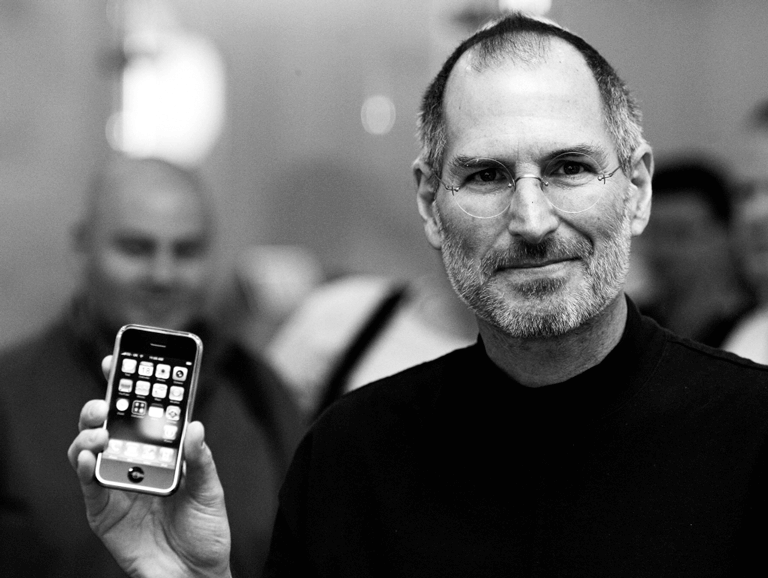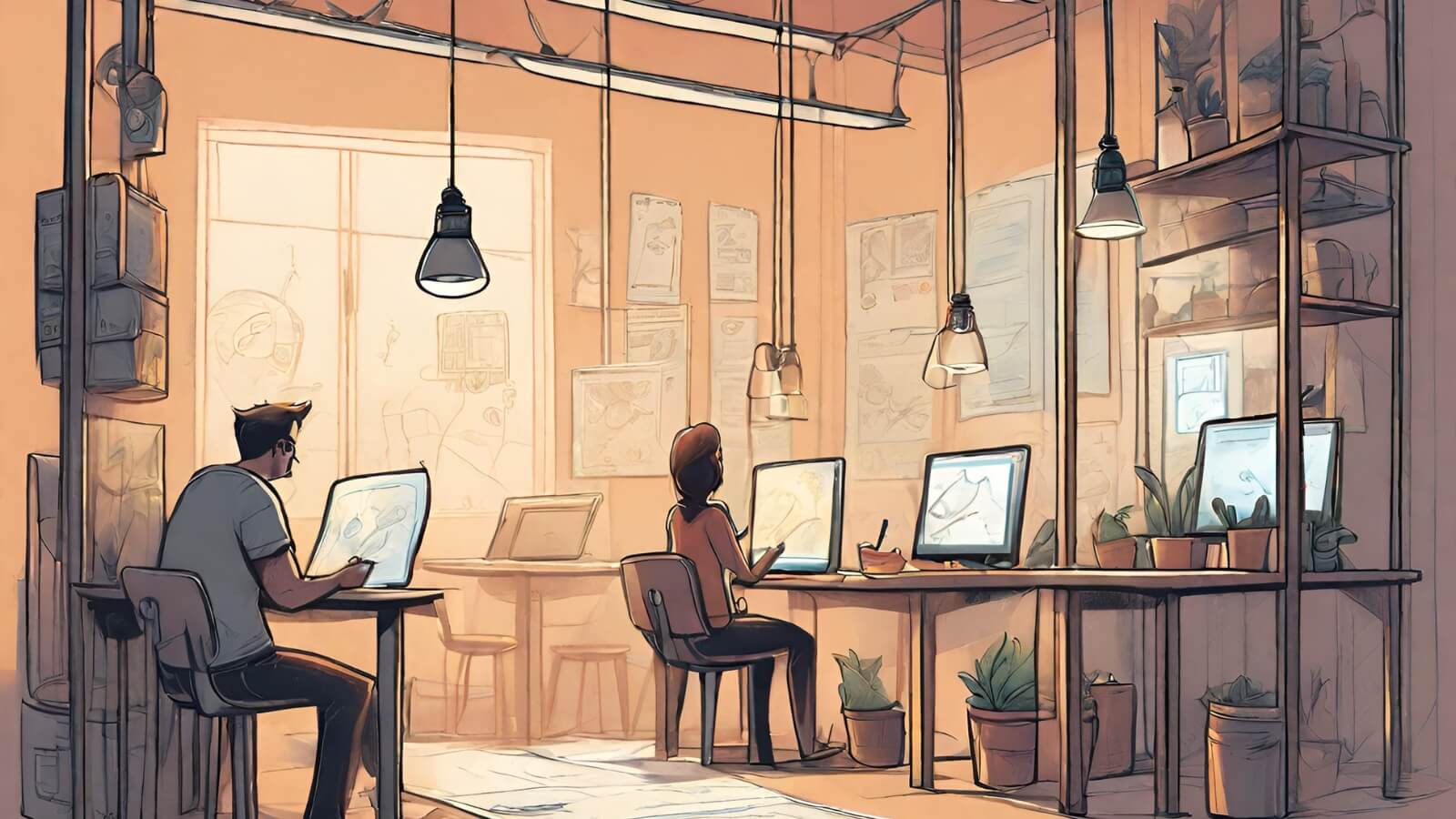Innovation factory has three pillars. The first being holistic knowledge of the market for your product and services, that?s knowing what sells, why and when? What more do your customer?s want and what features would attract them to make the buying decision. What are things your non-customers are missing in your product and it is deterring them from buying your product.
The second pillar is your ability to select from many creative ideas, zeroing down on products or services that would have the highest likelihood of success in the marketplace. The third pillar is taking the raw idea and nurturing it into a highly successful product in the marketplace. These are some of the steps, which will help you in being adept at this process.
Know Thy Market
Inability to understand your surrounding can be fatal for business; you need to know what were your customers preferences in the past, which new products have succeeded and which have failed, what do the customers buy today and amongst your current customers, what are the new things that they are looking for and are ready to pay for? You can gather this data by talking to your strategy team or spending time with your customers.
Understand The Process Of Creativity
Whilst raw ideas are the starting point for innovation, these ideas may not come from you only. Creativity is not akin to logical thinking and most of the times it does not follow logical reasoning. The golden apostle of being creative is to avoid using existing concepts in the same form; you have to look at the solution differently, without colored glasses. The process of creativity requires freedom and openness coupled with non ? judgmental environment.
You May Also Like To Read:?How to Build A Dream Team At Work
Managing Creative People
Creative people are gifted and at times you would need to buffer and protect them from the routine organizational processes and procedures. Creative people need time to muse, unfettered by the process expectations of other stakeholders. In order to synthesize ideas, creative people have to apportion a part of their time to study issues in depth, bounce off their thoughts with others, and look for parallels in other ecosystems. Naturally creative people are wired to think in contrasts when they are confronted with a problem. They turn problems upside down and look at it from a different lens. Being details oriented or sticking to the schedules is not something that most creative people enjoy; they occasionally miss deadlines as they are in the flow. Understating them will help you in managing them better.
Selecting the idea
Ideation stage of creativity is heavily dependent on freedom, which has to be provided early on in the process, but structure becomes a dire need during the next phase of productization. In the productization phase its best to follow a scientific process of design thinking in managing? the creative output. Once the team comes with the best notion of what to do, it must pass all logical tests and criticism as any other alternative is treated to. You don?t need to lower the bar for testing creative idea’s mettle, validation of creative ideas is no different from any other problem evaluation process. The difference is in how the ideas have originated.
Dealing With Naysayers
Most of the times, creative ideas don?t have a father, until everyone is convinced that it may turn the tide. Early on in the process of turning ideas into products, resources are always a constraint.? Companies are complex mazes with many detours, dead ends, short cuts and options. Mostly in organizations, the optimum path to get to your desired output is never linear. The key to successfully maneuvering an innovation through complex corporate system is to find your way through the complex matrix in the shortest possible time while making the least noise.
Remember innovative ideas are closer to hand than you; all you need to do is to suspend judgment and go with the flow. Happy Innovation!








